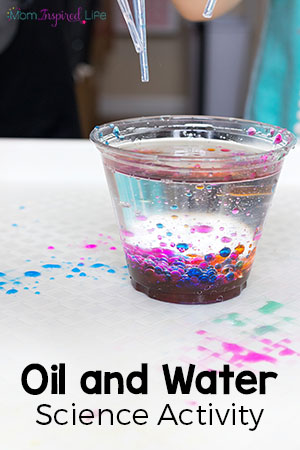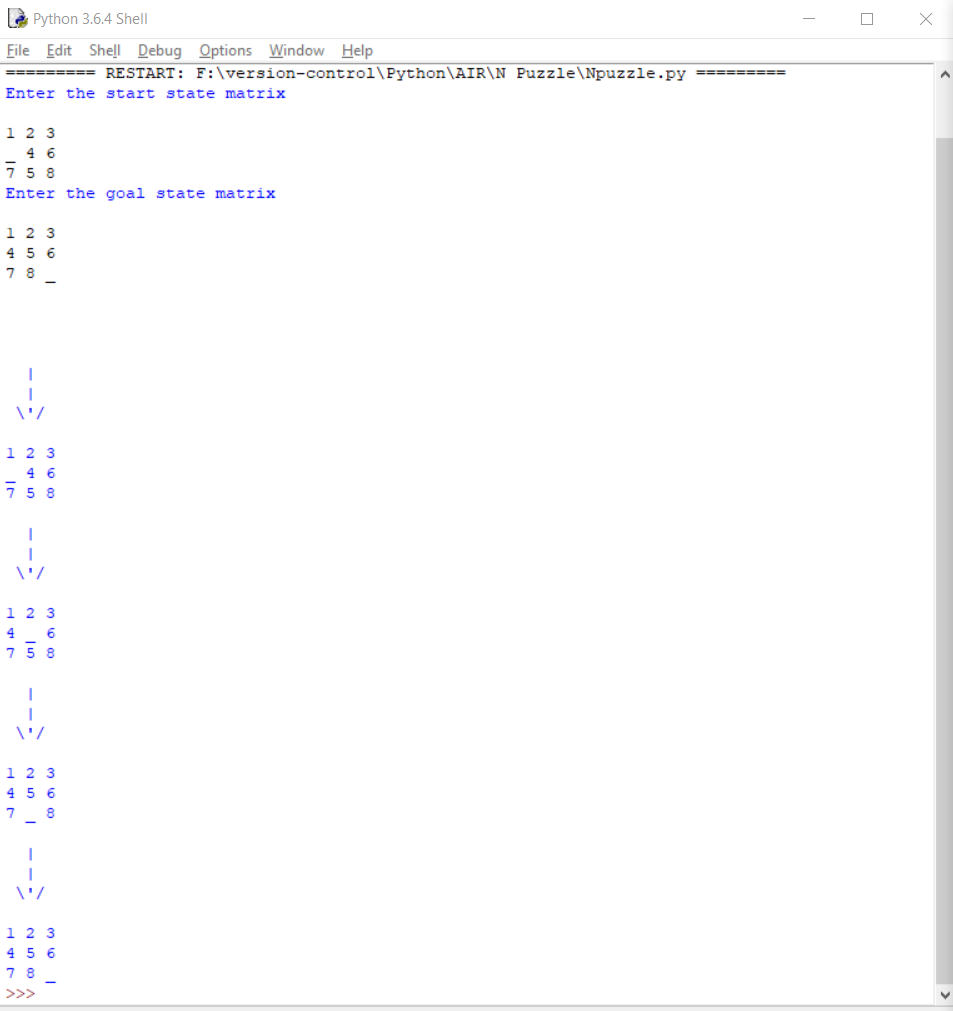
Science Activities For Preschoolers Bears
How to Create a Meaningful Science Activity in 5 Steps Preschoolers are naturally curious. They want to know how things work and why things happen. Science activities allow opportunities for preschoolers to explore, discover how things work and ask questions! Our 5 step system will show you how to take your student’s questions and create a meaningful science experience that connects with your students.
These preschool bear lesson pans and ideas will really give your students a 'roar'! Learning about bears is never dull! Here you will find classroom activities covering every subject using a bear theme. Small plastic polar bears or colored bear counters. One die (we use large foam dice for many math activities with our preschoolers). Glue or Tape. Construction paper. Cut apart one (or more) strips of the Paw Print Bear Tracks (linked above).
On average, preschool children ask about 100 questions a day (or more if you are like my four-year-old) but by middle school children have stopped asking questions. Why do middle school age kids lose interest and become less engage? How can we encourage young children to ask good questions and be curious? Rabi won the Nobel Prize in 1944 for his work in physics. He was once asked, ”Why did you become a scientist, rather than a doctor or lawyer or businessman, like the other immigrant kids in your neighborhood?” His answer: ”My mother made me a scientist without ever intending it. Every other Jewish mother in Brooklyn would ask her child after school: ‘So? Did you learn anything today?’ But not my mother.
She always asked me a different question. ‘Izzy,’ she would say, ‘did you ask a good question today?’ That difference – asking good questions -made me become a scientist!’ This answer has always stuck with me.
Why is preschool science important? The goal of science activities at the preschool age is not to memorize facts but rather how to gain knowledge through observations, experimentation, and play! Science is about connecting children’s senses to the world around them. As educators, we must spark this curiosity and sense of wonder especially when they are young so they continue to ask questions as they grow older. One easy way to foster a sense of wonder and incorporate the five senses is through open sensory play.
The blank space is occupied by a dummy segment to keep things simple. Screenshots and link to source below: Eventually planning to implement some simple sliding animations, as well as guarantee that generated boards are solvable, and cleanup the code a bit:) EDIT: animations and only solvable boards have now been implemented.  Collective sliding is achieved via recursively calling the swapPieces method, and selecting an image is done via tkinter's askopenfilename.
Collective sliding is achieved via recursively calling the swapPieces method, and selecting an image is done via tkinter's askopenfilename.
>>> Step 1: Explore and Play with Sensory Activities for Preschoolers Sensory activities for preschoolers is essential to child development. Sensory play stimulates the senses allowing the brain to learn through play. Sensory activities have been described as “food for the brain”. You can read more about the importance of sensory play An easy way to integrate sensory play into your classroom is with discovery tubs or sensory bins/tables.
They are easy to set up and encourage hands-on play. As your children are exploring the sensory table or discovery tub observe their questions and play and use that to connect their interests to additional science activities and experiments.
Take your preschool learning theme and brainstorm ways you can create a sensory experience that relates to your theme. Check out the links below to help get started. From Pink Oatmeal Sensory Bottles A sensory bottle is another easy way to integrate sensory activities into the curriculum. A sensory bottle is a clear sealed container that is filled with a variety of liquids or objects to encourage observation and inquiry.